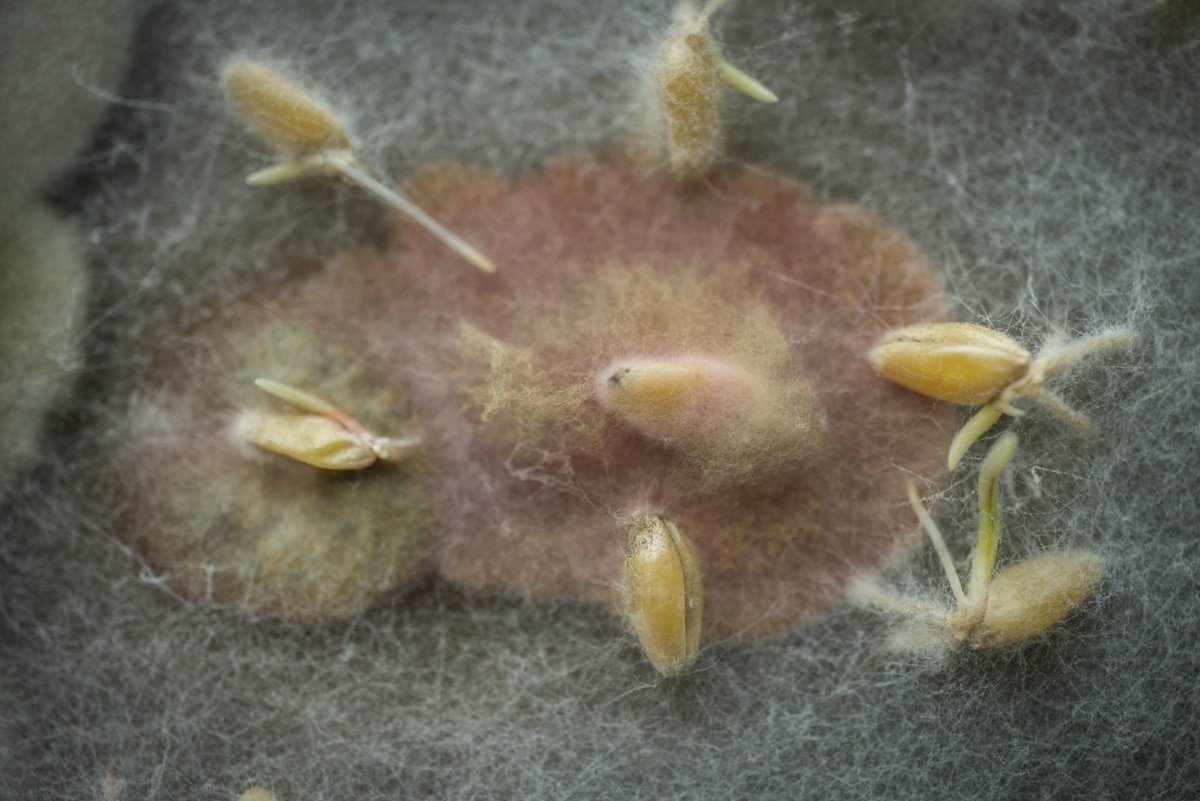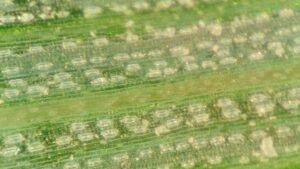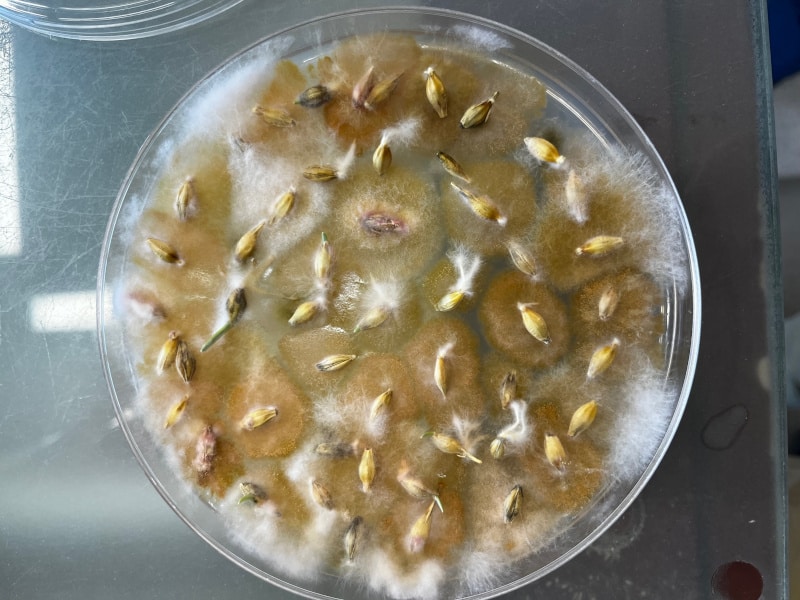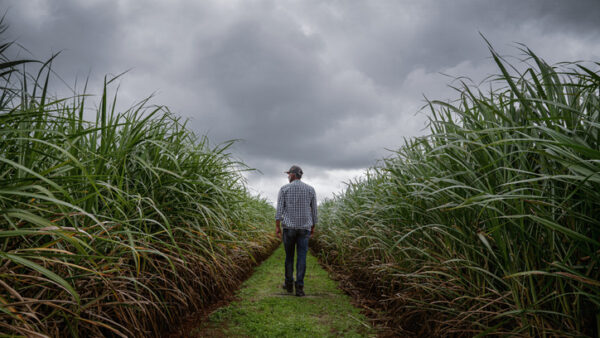After the drought of 2021, it was easy to forget that disease was lying in wait. This year brought the perfect conditions for problems in 2023.
Respiratory illnesses have exploded. Whether it’s RSV, colds, flus or COVID, it seems people everywhere are running for the Kleenex box. It’s no secret why — after two years of school closures and quarantine, many of us have taken off the mask and jumped back into life.
Naturally, with more germs circulating and more people around each other to be exposed to them, we’re discovering that even though we all were separated from each other for all those months at the height of the pandemic, disease hasn’t gone away. In fact, it’s back with a vengeance.
The same scenario is playing out in the seed world. After the 2021 drought and the dramatic drop in disease pressure, it was easy to forget that all kinds of pathogens were lying in wait just waiting for a chance to make their return. To name only a few, they include:
- Ascochyta leaf blight. This disease in pulses is up in our recent test results. Ascochyta pisi is the cause of Ascochyta blight. Foot rot and Mycosphaerella blight are caused by Ascochyta pinodella and Mycospaerella pinodes. Lesions of Ascochyta may be observed on stems, leaves or pods of the plant. These diseases can cause high yield loss in moist cropping years.
- Fusarium graminearum. Yep, levels of this nasty pathogen are rising. It can not only cause seedlings to die off in the field, but it can also grow with the plant and cause toxins in the grain. We’d like to keep it low if possible.
- True loose smut. We’re seeing levels as high as 16% this year, which is surprisingly high. We can get by with low levels, and most seed treatments are registered to control it, but if levels get too high it could cause serious issues for a lot of people.

Disease pressure all but vanished in many areas in 2021. That disease didn’t go away, though. It lay dormant until we got some moisture in 2022, and then came back with a vengeance. This has implications for the 2023 planting season.
With carryover seed, your germination level can drop over time during storage. If you have really great storage conditions, disease levels can even drop over time, which is a good thing. A lot of seed borne diseases do not like dry storage. So, by getting tests done after carryover, you may have a better disease situation than you thought you had with that seed originally.
The bottom line? Germination, disease and vigour should all be tested for on a routine basis as close to sale as possible — especially after a long winter’s storage.
When an area experiences fluctuating temperatures, there are definitely pockets in bins that can see a buildup in moisture, and seed fungi can result. A good aerating system can be helpful in this situation.
In other words, winter is upon us, and that means it’s crucial to monitor seed quality and ensure you’re getting that seed tested prior to sale in 2023. Happy holidays!













